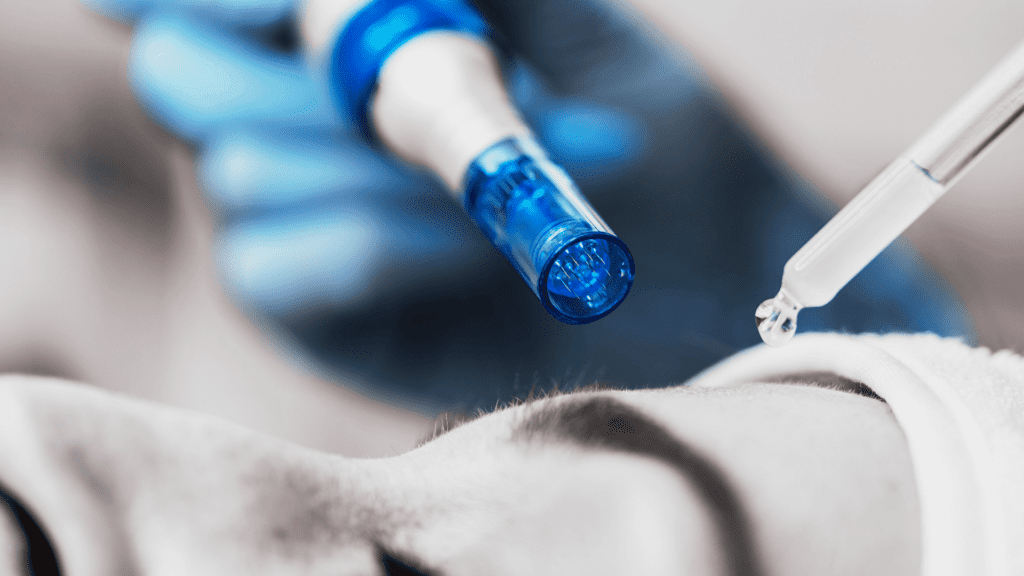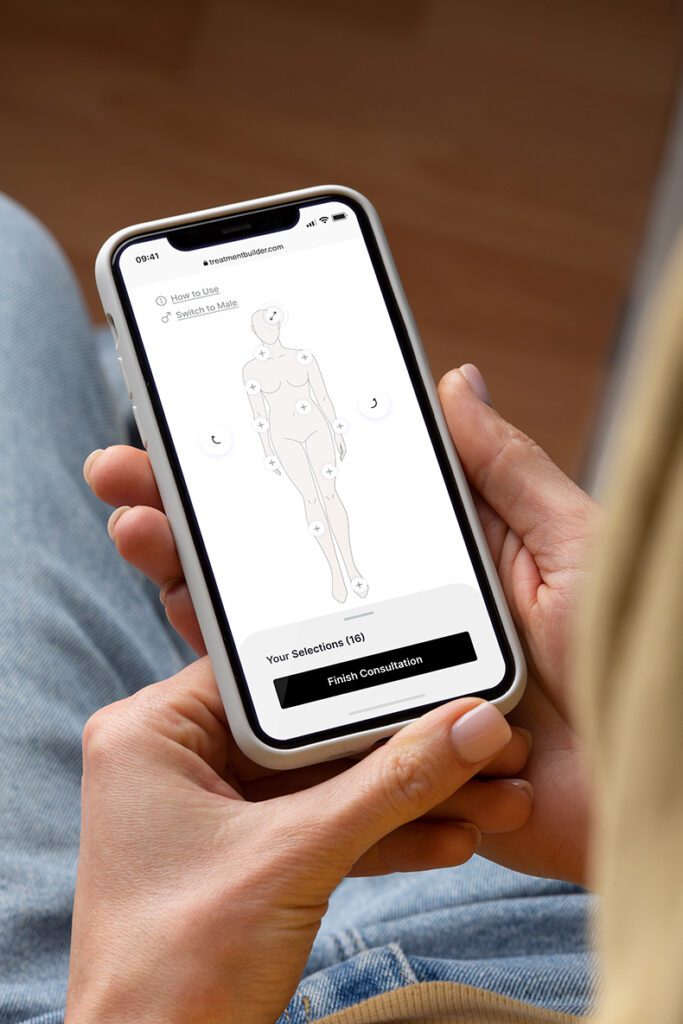
Liposuction: Is liposuction dangerous?
Liposuction is a frequent and widespread cosmetic procedure. It consists in removing fat from isolated body parts or areas to improve the person’s appearance, helping people achieve their desired body image.
However, liposuction is a surgical procedure and of course, there are precautions you should take before surgery. Although board-certified plastic surgeons are trained to perform liposuctions safely, there are still a few risks associated with the surgery.
Nonetheless, the odds of suffering from severe health conditions during or after liposuction are extremely low. Moreover, patients rarely experience other side effects besides swelling and mild discomfort.
At Younique, our professional team is trained to perform liposuction with extreme care and precision. Schedule your Liposuction surgery in Los Angeles today.
Does liposuction hurt?
Same as with any other surgical procedure, liposuction is performed under anesthesia. Moreover, doctors usually employ general anesthesia to prevent all pain or discomfort during the surgery.
However, patients tend to experience some discomfort after the anesthesia effect wears off. This is an entirely expected reaction due to the invasiveness of the procedure.
Furthermore, the area where the incision is made to insert the cannula might itch and hurt for a while.
Nonetheless, the overall discomfort disappears after a few days. Usually, taking some rest and following the doctor’s aftercare instructions is enough for a quick recovery.
Also, the doctor can prescribe painkillers to help ease the discomfort during the initial days following the liposuction.
Risks associated with liposuction
Liposuction is considered a safe procedure. However, since it is a surgery, there are a few risks associated with it.
These issues or complications can occur due to the procedure or the patient’s health condition. For this reason, doctors thoroughly examine the patient’s medical history and the preoperative exams.
Moreover, plastic surgeons take all the measures necessary to reduce the risks of complications to a minimum.
Some of the risks associated with liposuction include the following:
● Infections
The risk of infections is common in any surgical procedure. Bacteria can enter the body effortlessly through the wound in the surgical site or contaminated instruments. Therefore, everything in the operating room must be disinfected and sterilized to prevent infections.
Nonetheless, not taking proper care of the wound after the procedure can also cause infections.
● Seromas (fluids accumulation)
Seromas are fluid accumulations under the skin. They can occur on the surgical site and take several days to form.
Small seromas tend to disappear on their own. However, large seromas usually require the doctor to drain them using a needle. Otherwise, they might get infected and turn into an abscess.
● Punctures
Liposuction involves introducing a cannula between the skin and the muscles. Although it is not common, the doctor can accidentally puncture and injure the abdominal organs, muscles, and nerves with the cannula.
This can result in internal bleeding that must be stopped as soon as possible to prevent further damage, such as deep vein thrombosis.
● Heart and kidney problems
Liposuction causes a shift in the body’s fluid levels during the procedure. This is caused by the amount of fat removed and the liquid introduced to help remove it.
This shift can lead to severe issues with the functioning of the heart, lungs, and kidneys. Therefore, putting the patient’s life at risk.
● Fat embolism
A fat embolism occurs as fat cells break apart and reach the blood torrent instead of being vacuumed by the cannula.
This fat can then reach the heart, lounges, and brain. Therefore, causing dangerous clots in the blood vessels.
● Skin imperfections
Liposuction can cause contour irregularities, depending on the patient’s skin and the surgeon’s expertise.
Poor skin elasticity combined with uneven fat removal and damage caused by the cannula can create bumps in the skin. It can also accentuate skin defects that are already present, such as loose skin and stretch marks.
● Anesthesia side effects
Anesthesiologists often use lidocaine during liposuction. Although it is usually safe, some people can experience an adverse reaction or toxicity. This can cause shock and severe damage to the nervous system and the heart.
Additionally, patients can experience sore throat and nausea as frequent side effects of general anesthesia.
Common side effects
While the odds of developing severe health conditions after liposuction are low, every patient always experiences some common and mild to moderate side effects.
These side effects include swelling, bruising, and discomfort or pain after the procedure.
Bruising and swelling are direct consequences of the trauma and injury caused by the cannula. Nonetheless, they disappear after a few days or weeks, depending on the patient’s healing ability. Rest is also crucial to ensure a successful healing process.
Bruises can take up to two weeks to fade. Meanwhile, swelling usually takes 3 months to disappear.
Furthermore, the final liposuction results won’t show until the swelling has completely gone and the area has healed.
Are liposuction results permanent?
One of the main characteristics of liposuction is its permanent results. This procedure removes the fat cells from the targeted areas permanently. Nonetheless, this doesn’t mean that the person won’t be able to gain weight once again if they don’t maintain a healthy diet.
The fat cells are distributed across the entire body, and their main goal is to store fat. The size of these cells increases as more fat is stored inside them. Therefore, making the person look larger.
What makes fat cells unique is the way they behave. The body is designed to maintain only a fixed number of fat cells. Therefore, once a fat cell dies, it is replaced with a new one without increasing the total cell count.
Furthermore, this number of cells only increases when the person gains excessive weight. This happens as the cells run out of space to store fat. Thereby, the body creates more fat cells to hold this new fat excess.
Due to this unique cellular behavior, the fat cells removed through liposuction are not replaced by the body. Therefore, making the results permanent.
Liposuction also changes the way the body stores fats. As a result, even if the person gains some weight, the fat is most likely to be stored in the body parts that have not been treated with liposuction.



